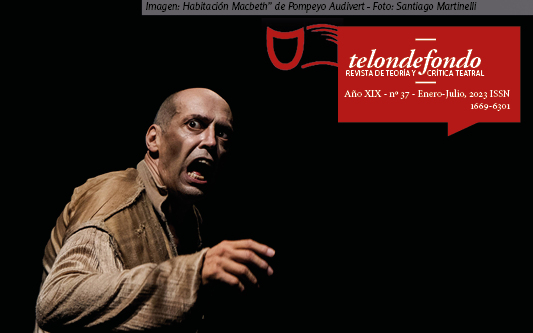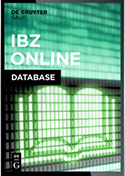The Actor's Approach to the Dramatic Text in Stanislavski's Physical Actions Method
Abstract
In many cases, identifying the meaning of a dramatic text is an obstacle. Indeed, for many actors –particularly students– it is a challenge to analyze the characters’ dialogues. Performance methods tend to aggravate the situation, since, in general, they do not provide tools to analyze plays. In fact, in a previous work (Zucchi, 2017a), it was shown that the first version of Stanislavski's method doesn't provide a productive approach to dramatic pieces. In the same line of research, this article examines how the method of physical actions establishes the way the performer must interact with the text. Specifically, assumptions related to the notions of meaning, language and text comprehension are analyzed in El trabajo del actor sobre su papel (1980). The paper proves that this pedagogical proposal does not provide a scaffolding that enables an effective interpretation of theatrical plays. Regarding the theoretical perspective, this article uses as framework the dialogic approach to argumentation and polyphony (Caldiz, 2019; García Negroni, 2018; Pernuzzi, 2022).Downloads
Copyright (c) 2023 telondefondo. Revista de Teoría y Crítica Teatral

This work is licensed under a Creative Commons Attribution-ShareAlike 4.0 International License.
Los autores/as que publiquen en esta revista aceptan las siguientes condiciones:
-
Los autores/as [traductores] conservan los derechos de autor y ceden a la revista el derecho de la primera publicación, con el trabajo registrado con Licencia Creative Commons Atribución-NoComercial-CompartirIgual 4.0 Internacional, que permite a terceros utilizar lo publicado siempre que mencionen la autoría del trabajo y a la primera publicación en esta revista.
-
Los autores/as pueden realizar otros acuerdos contractuales independientes y adicionales para la distribución no exclusiva de la versión del artículo publicado en esta revista (p. ej., incluirlo en un repositorio institucional o publicarlo en un libro) siempre que indiquen claramente que el trabajo se publicó por primera vez en esta revista.
-
Se permite y recomienda a los autores/as a publicar su trabajo en Internet (por ejemplo en páginas institucionales o personales).











